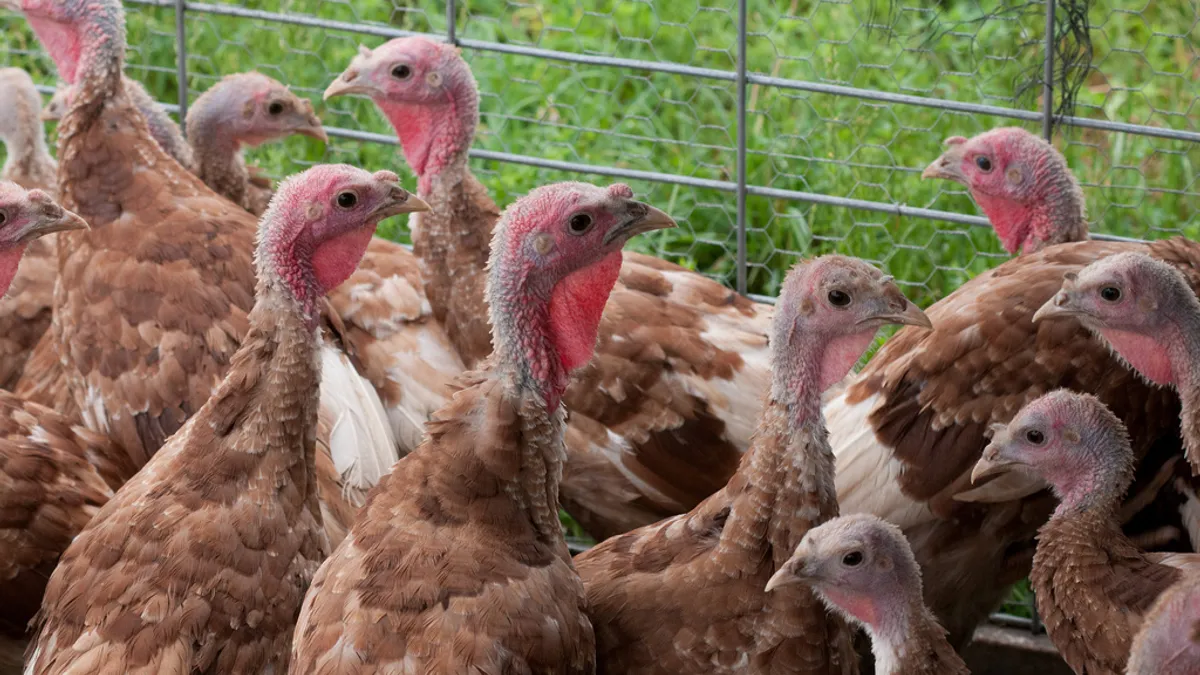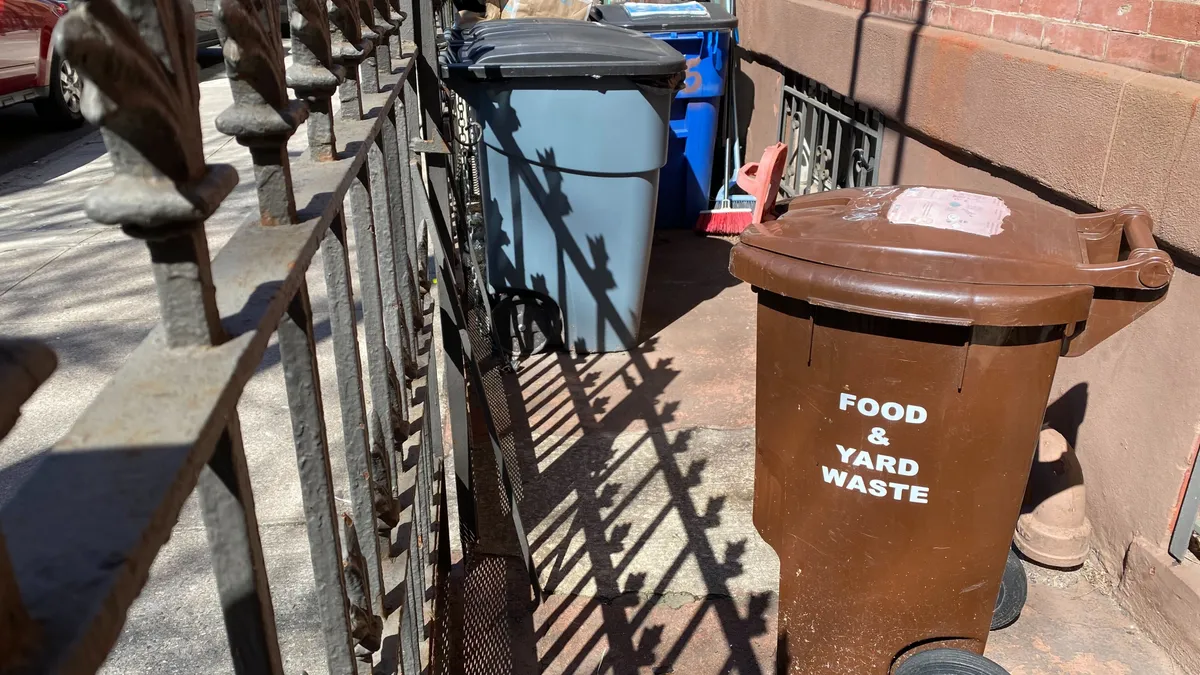Recent federal agreements with Iowa landfills could answer the question of how to dispose of avian-flu infected birds killed to prevent the disease from spreading in a way that quells concerns. Just the mention of infected birds being transported to some municipalities has opened up discussion on the practice of burying the birds in landfills.
One Mills County, IA commissioner questioned whether infected birds that were reported to be coming to a local landfill could taint the groundwater for years to come, according to KMALand.
But state and federal officials are working with two landfills and talking with others about plans to dispose of the millions of carcasses to prevent the outbreak from spreading further.
Two landfill agreements so far
Robert Glebs, president of Madison, WI-based Iowa Waste Systems, said he signed a deal last week with the U.S. Department of Agriculture to take avian bird flu waste, which is a mix of chickens, compost, and other bulking agents like saw dust or dried corn stalks. The bulking agents are needed to soak up the liquids in the 20 cubic yard biohazard bags in which the chickens will be transported to the landfill and buried.
Glebs said his firm has 15 or so acres, 150 feet deep over already filled area with a Subtitle D Liner, dedicated to avian flu waste. He expects the bird delivery to begin sometime soon to IWS's Loess Hills Regional Sanitary Landfill, located in Malvern. Glebs said the area of the landfill in which the bird flu waste will be deposited is 500 feet or more away from the area of the landfill in which current customer waste is deposited.
IWS is authorized to take 1,000 to 1,500 of the biohazards bags. Each bag contains between 10,000 and 15,000 chickens.
His company had to do some infrastructure work , including reactivating an inactive part of the landfill by putting in a road and also putting down four acres of crushed stone to enable Clean Harbors, USDA and the Center for Disease Control to have a staging area for the work.
Talks between IWS, USDA, other government agencies plus other waste haulers and landfill owners began in late April, Glebs said.
Clean Harbors is contracted to clean out barns, put chickens in bags, truck them to the landfill, set up a decontamination unit there, and dump the waste, and then decontaminate the trucks, Glebs said.
Two landfills in the state are approved to have the remains of poultry from the depopulation, said Carol Bannerman, a public affairs specialist for the USDA Animal and Plant Health Inspection Service, which is handling the government response to the avian flu outbreak. In addition to the agreement with Iowa Waste Systems, USDA also has a landfill agreement with Northwest Iowa Solid Waste Agency.
"Other landfills may have expressed the interest to participate, but no other agreements have been reached at this point," Bannermn said.
Disposal methods
The birds killed thus far to stop the disease’s spread are being disposed of in several ways.
To start, once a site is determined to have avian flu present, it is quarantined. No poultry can leave from that point without USDA approval. It is leading the effort to identify where the virus is, as well as contain it.
"There were a couple more cases last night," said Justin Vandehoef, a spokesman for the Iowa Department of Agriculture said on Thursday.
So far in Iowa there have been 62 suspected cases of bird flu, 58 of which have been confirmed, in 14 counties, Vandehoef said. By some estimates, the disease could cost states $1 billion or more.
"We’ve lost over a third of our [egg-laying hens]," Vandehoef said. "We are the largest egg-producing state."
Iowa Department of Agriculture, Iowa Department of Natural Resources, and the USDA considered various disposal methods for the affected animals, and settled on a few methods. The turkeys are being composted on site in the barn, mixed with wood chips or some other organic matter to speed the decomposition process. Some of the chickens also are being composed onsite, Vandehoef said.
Some of the birds killed to stop the disease are being buried on site at the farms, while others are being incinerated on-site, in portable incinerators. Ashes of such birds are sent to a landfill.
For those birds that are sent to landfills, strict safety protocols will be observed by workers. When they leave a quarantined site, employees will have to wash the trucks carrying the infected birds. They will also have to do so before leaving the landfill, after the birds are dumped. Dead birds sent to a landfill are first placed in biosecure, heavy duty plastic bags.
Researchers are still unsure of why the avian flu is affecting certain populations of birds, and not others.
"We’re still trying to better understand the disease," Vandehoef said, noting that many people are hoping the onset of hot summer weather will stop the disease from spreading further. "The virus doesn’t like the hot weather… The outbreak could stop."






















